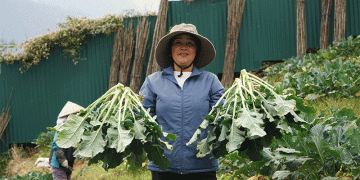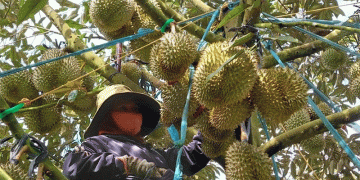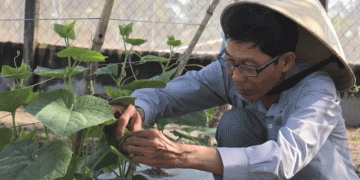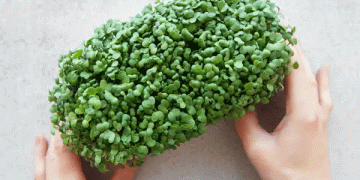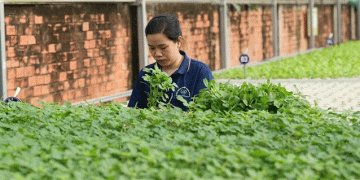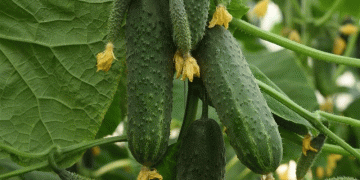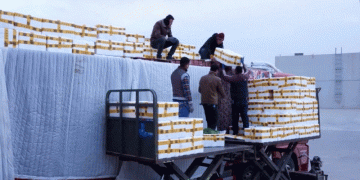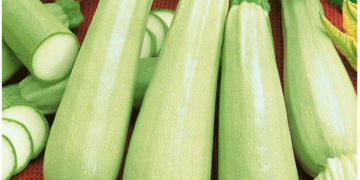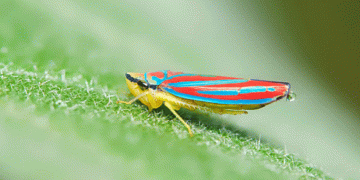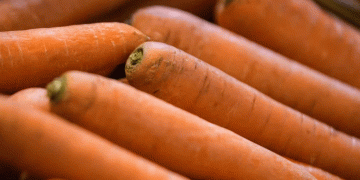Sea Beet: 2,000 Years Old
Wild sea beets along the Mediterranean were eaten before the time of the Ancient Greeks, but any previous civilization wasn’t recorded eating them. They’re found in the Mediterranean and the British Isles. They grow up to 2 feet tall, and they’re perennial plants.
Sea beets have a small yellow root that’s edible, but their leaves are more useful. By contrast, today’s very selectively bred purple beets in grocery stores are valued for their huge roots. Their domestication and breeding led to the development of swiss chard, spinach, beetroot, and sugar beet.
Today, the leaves of sea beet are eaten either cooked or raw. Because of their cooked appearance, they’re also called wild spinach.
Sea beets are a sustainable food choice if harvested responsibly and not at risk of extinction. It’s best to eat them from September through April as they get bitter when they flower in the summer. Also, in the UK, avoid eating sea beet in January and February because they don’t taste great!
Turnip: 4,523 Years Old
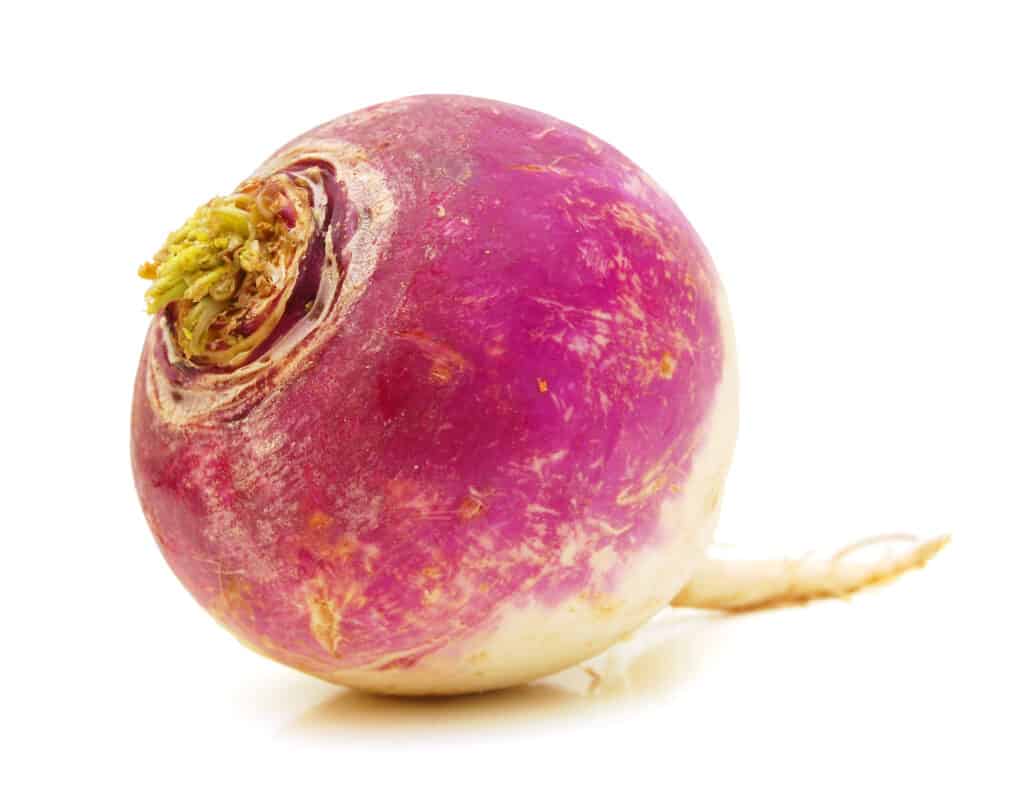
Turnips were cultivated at least 4,523 years ago in Europe though their wild counterparts were eaten much earlier than that. They’re most likely from East Asia.
In Southern European countries, the shoots, leaves, and tubers of turnip plants. On the other hand, Asian, Eastern, and Northern European countries only eat the tuber.
Mustard: 5,000 Years Old
Mustard plants were domesticated 5,000 years ago after being commonly foraged. Wild mustard plants look relatively similar to what is cultivated today though domesticated plants have much bigger leaves. Thanks to selective breeding, wild mustard plants of yore have given rise to broccoli, cabbage, kale, kohlrabi, and Brussels sprouts.
Peas: 6,823 Years Old
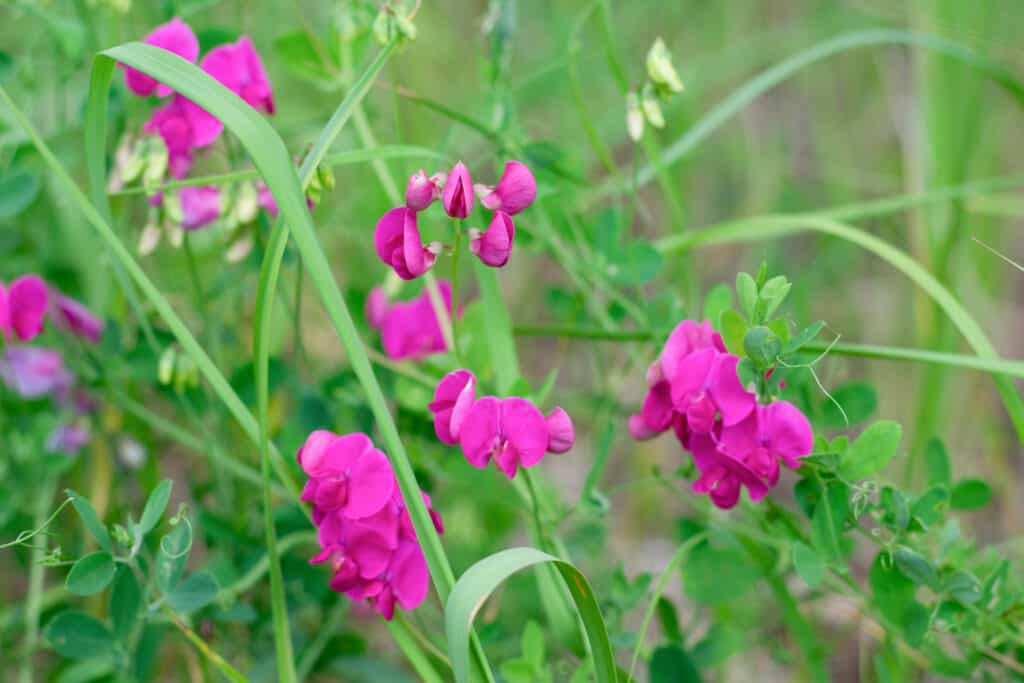
The wild pea that was domesticated is still found in the Mediterranean and Middle East. There is archaeological evidence from Ancient Egypt, over 6,800 years old, showing that pea cultivation existed.
Soon after, evidence was found of the vegetable’s existence in the country of Georgia. Peas also made it to Pakistan and India by 2000 BCE.
Pumpkin: 7,500 Years Old
It’s believed that the first pumpkins existed somewhere in Central America and were domesticated around 7,500 years ago. The oldest known domesticated pumpkin seeds came from the Oaxaca Highlands in Mexico. While pumpkins are technically a fruit, they’re almost always considered a vegetable in grocery stores, so we included them on our list of oldest vegetables.
Pumpkins were a great crop for North American residents because they were hardy and easy to store in cool climates. They were used in recipes by European Americans by the mid-1600s.
At some point during the 1800s, sweet pumpkin treats like pumpkin pie became popular. They likely evolved from earlier treats like roasted pumpkins filled with ginger-flavored milk.
Potato: 8,000 Years Old
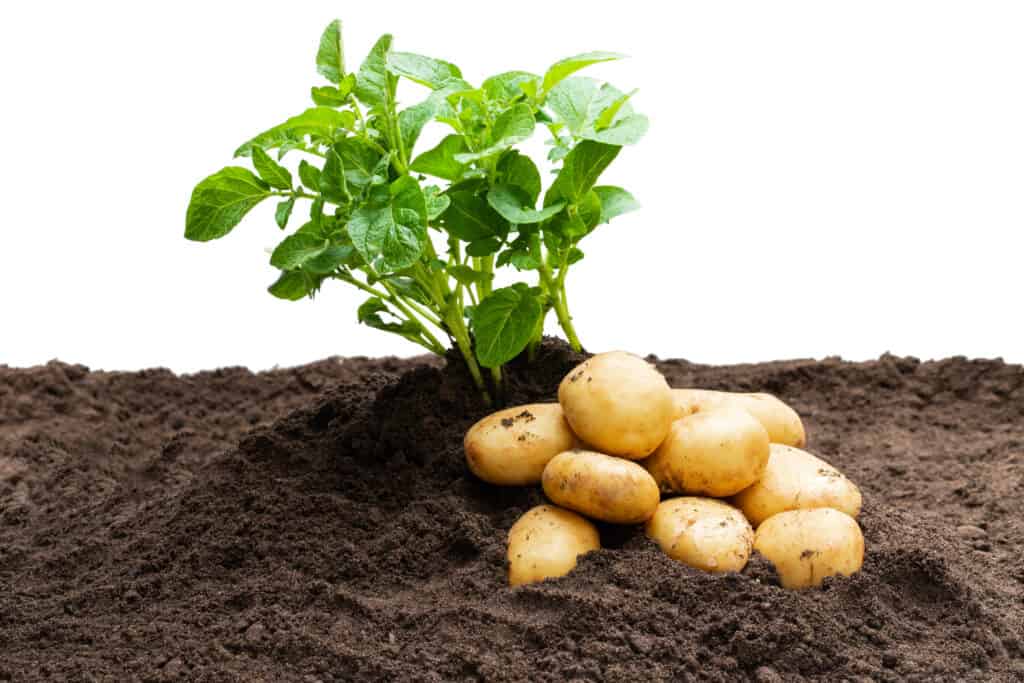
Humans have eaten starchy tubers for up to 170,000 years, according to evidence found in the Lembobo Mountains in South Africa. These tubers had a white inside and grew in extensive ranges.
They were most likely used as a year-round food source. The remains in South Africa show that humans were cooking food to make it edible hundreds of thousands of years ago. These ancient tubers were from the Hypoxis family.
An extant relative to the earliest tubers is a flowering plant named the African potato which is used as a medicinal plant today. Hypoxis angustifolia, another relative to these ancient tubers, is found today.
These ancient tubers and the Hypoxis family are a far cry from the modern potato. However, their importance in understanding the human vs. plant dynamic that led to the potato cannot be overlooked.
However, the true evolution of modern potatoes didn’t occur until approximately 8,000 years ago in South America. Lake Titicaca in the Andes Mountains most likely had the first potato-based agriculture.
It was a widespread practice recorded in European history in which full meals consisted of bread paired with beans like lentils. Potatoes were favored due to their ability to keep people full, and their easy cultivation.
That’s why the introduction of the potato to Colonial Europe revolutionized global eating. Europeans didn’t try their first potatoes until the 1500s. From there, potatoes were adopted world,wide and today, they’re the fourth most important global crop.
Corn: 10,000 Years Old
Corn was developed from a plant that still exists called teosinte. Teosinte is a wild grass domesticated almost 10,000 years ago in Mexico. Ancient teosinte only had 8 kernel rows and were less than 1 inch long.
Individual teosinte types from specific regions were the focal point of localized cultivation. This gave rise to specialized varieties for many types of terrain. It was then selectively bred into the corn varieties in existence today.
Cassava: 10,000 Years Old
Also called tapioca, yuca, or manioc, cassava is a tuber that was domesticated up to 10,000 years ago. It’s native to the Amazon Basin in Bolivia and Brazil.
Over half a billion people rely on cassava as a daily food source. It is also the sixth most important edible crop on earth. Mayan cassava cooking remains from 600 CE show its ancient importance in American diets.
Lentils: 14,023 Years Old
The Natufians began cultivating lentils and other consumables in Southwestern Asia around 12,000 BCE. They grew other staple crops like chickpeas as well.
Ancient Asians and Europeans knew that wheat products, like bread, were not enough for a healthy diet. Early legumes like lentils were essential to a well-rounded diet, making them a staple food in some areas of the world.
A source: https://a-z-animals.com















